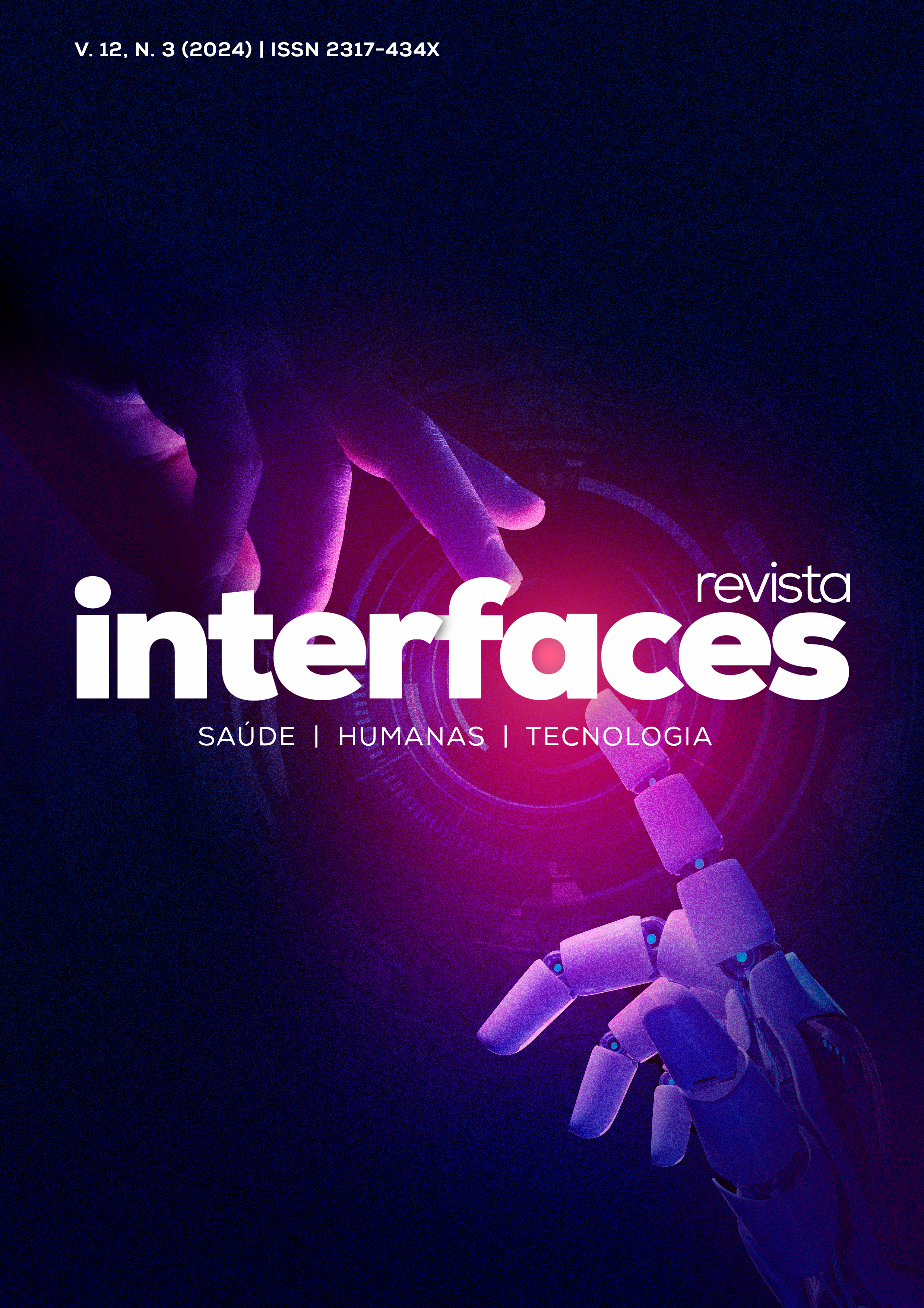USE OF ARTIFICIAL NEURAL NETWORKS TO EVALUATE THE INTERACTION OF CONFOUNDING FACTORS WITH DISCRIMINATING FACTORS DURING THE SELECTION OF YOUNG ATHLETES FROM DIFFERENT SPORTS: A PILOT STUDY
DOI:
https://doi.org/10.16891/2317-434X.v12.e3.a2024.pp4486-4497Palavras-chave:
Performance, Sport, Puberty, Biological MaturationResumo
Introduction: Multilayer artificial neural networks (MLP's) have proven to be effective in discriminating morphological and biomechanical specificities of young elite athletes. However, they have not yet verified the effectiveness of MLP's to identify the interaction of confounding factors, such as biological maturation (BM). BM influences morphological and biomechanical factors, so if MLPs have not considered this confounding factor they may group young athletes by maturational rather than sport characteristics. Objective: Analyze the morphological and neuromuscular discriminatory factors of young athletes of different sports using MLP’s to assess the interaction with BM. Methods: This is a cross-sectional study. The sample consisted of 56 young national level Brazilian athletes (tennis, rowing, football, Brazilian jiu-jitsu (BJJ), swimming and volleyball) of both sexes (13.0±1.0-yrs). Measurements included standing and sitting height, leg length, BM (by peak height velocity, PHV), body composition (by DEXA), upper limb performance, handgrip and squat (SJ) and countermovement (CMJ) jumps. Analyses were performed using canonical correlations and MLP's. Results: BM, sitting height, bone density (BMD), CMJ and handgrip discriminated 39.3% of athletes (F=2.432; p<0.001). Specifically, sitting height, handgrip, CMJ and BMD produced the probability of discriminating volleyball athletes by 80%, football by 78.1%, BJJ by 55.5%, tennis by 33.9%, swimming by 30.9% and rowing by 16.6%. BM interacted positively in the discrimination process of athletes in 90% in football, in 80% in volleyball and in 54.5% in swimming. Conclusion: MLP's have been shown to be effective in finding the interaction of confounding factors. MLP's can be used to aid in the selection process of young athletes.

